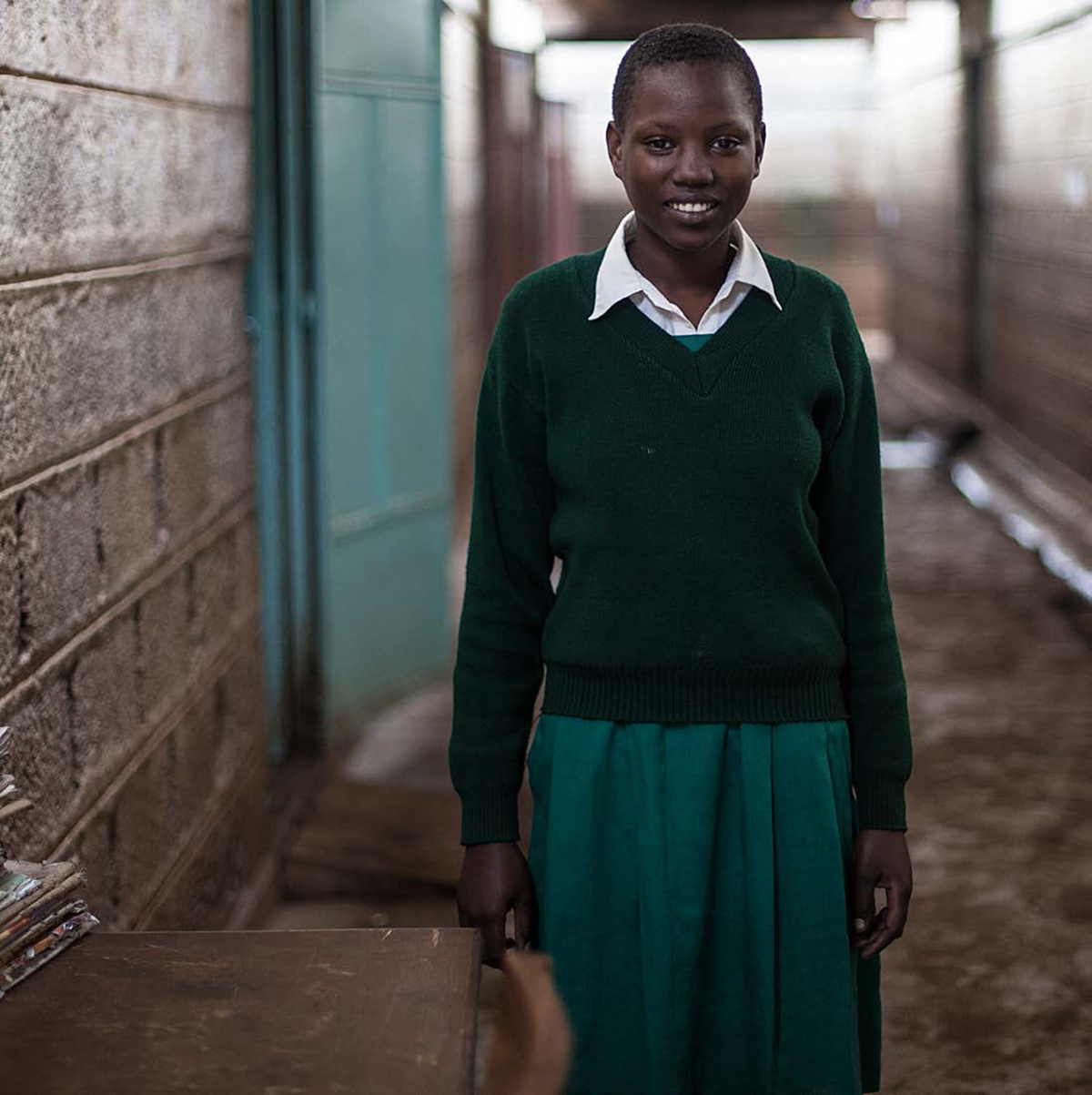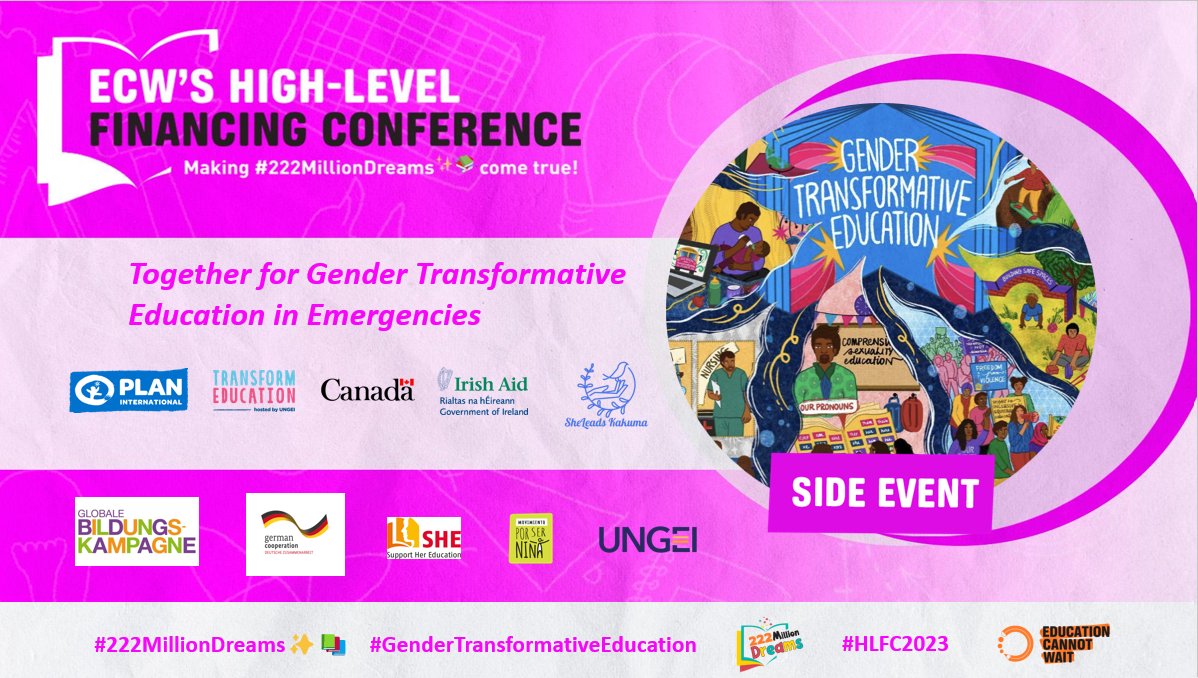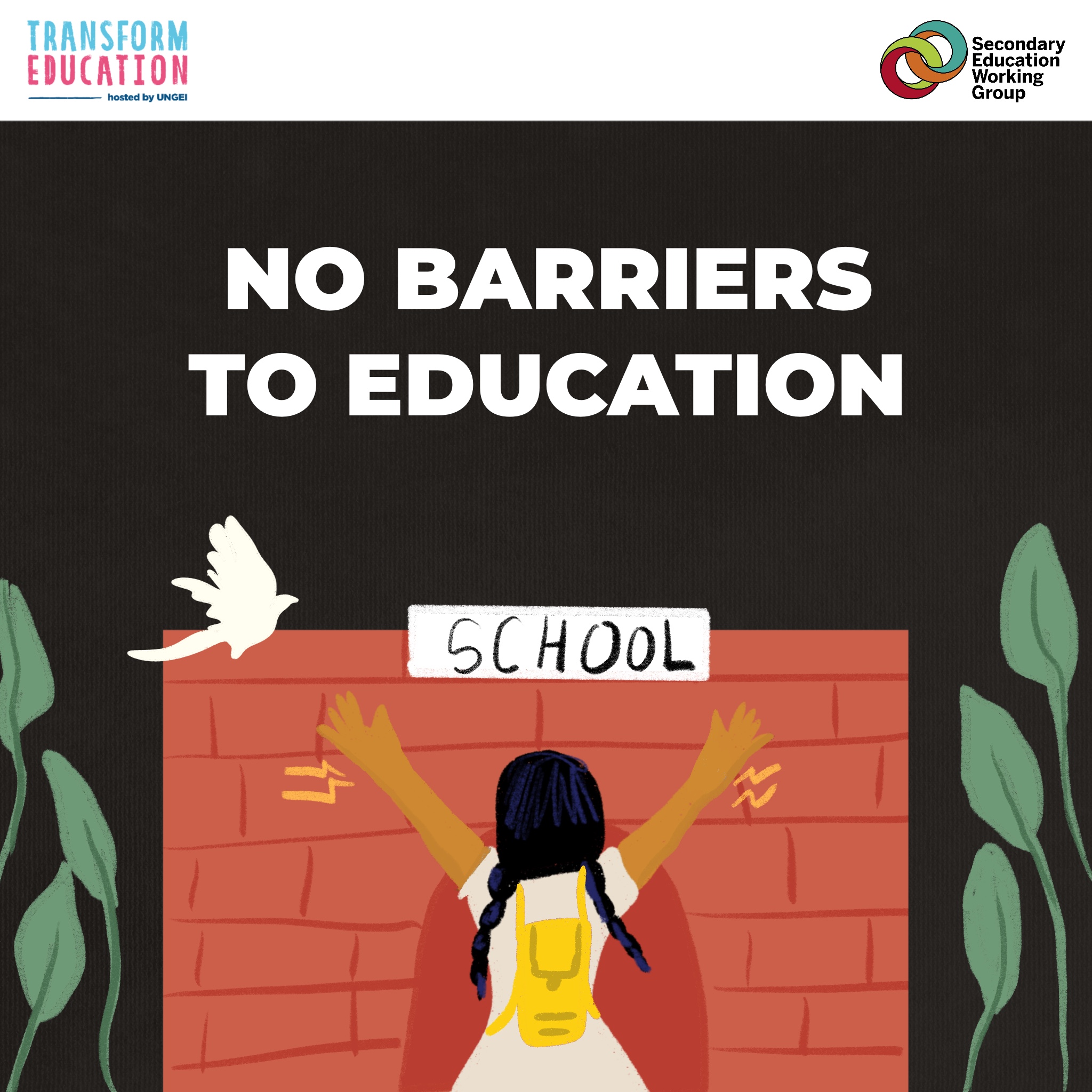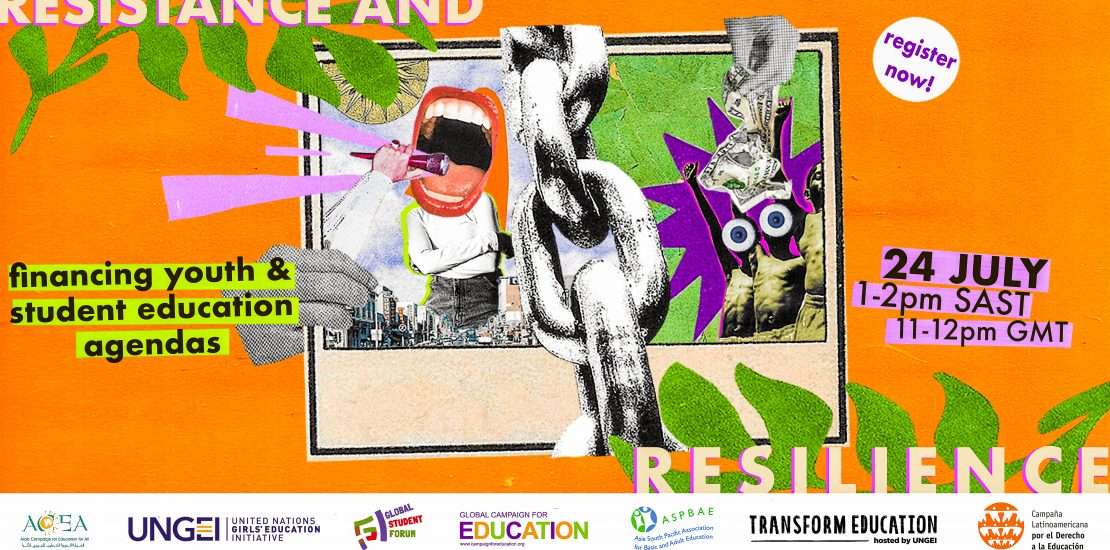Inclusive education is when everyone learns. It is an age-appropriate, gender equal approach in which all children are given the same opportunities and attention. It is about having an education system that values diversity. It is a collective effort involving parents and children alongside trained teachers and supportive staff in responding to the needs of all children. This can be instrumental in countering stigma and discriminatory attitudes.
Often, for a child, schools are the first contact with the world outside the family. If this first context introduces diversity and teaches children that there are other people in the world with disabilities, it enables the development of productive social relationships. Inclusive education encourages the community to see individuals with a disability in a different perspective, to find value in diversity.
Poverty, a major challenge
In Kenya, the main challenge that girls with disabilities face in going to, staying in and succeeding in school, is poverty. Government funds are insufficient to cover all learning needs, school fees, caregiving, learning support materials, braille, and so on. Some girls may even be required to pay higher tuition fees simply because of their disability. Some do not go to primary school due to lack of funds, and because the family does not see value in educating them. In addition, many schools are inaccessible because of inadequate school transport, classrooms, libraries, administrative buildings, playing fields or bathrooms. And there isn’t enough funding available to make these structural changes.
A deafening silence
Discrimination is another factor. As a girl with cerebral palsy, I often encountered the attitude “you shouldn’t be in school”. It was directly and indirectly expressed by other students, teachers and staff that, because I had a disability, I should be in a different school. These attitudes make group work, group play, and equal classroom participation difficult because it makes you feel like you don’t belong in a “normal” space.
Girls with disabilities have been rendered voiceless, and this makes them more isolated, living in fear of abuse.
In some cultures, having a girl with a disability is a taboo. The perception is that if she cannot work, cook, clean, and be married off, what is her value? These girls are hidden away — excluded from society, and silenced. Sexual abuse of girls with disabilities also continues to be a leading challenge. Many don’t have the strength to defend themselves and are perceived as easy targets. The justice system has contributed to this by not persecuting abusers of girls with disabilities and intentionally discrediting evidence based on negative cultural beliefs. Girls with disabilities have been rendered voiceless, and this makes them more isolated, living in fear of abuse.
The double discrimination
The combination of gender and disability put many girls among the most severely marginalised groups. However, they are often misrepresented, as when we address disability and gender we often separate the two. For too long, the disability movement had not articulated the importance of the needs of women with disabilities in formulating policies and practices. When the voices of girls and young women with disabilities are silenced, it seems there are no footsteps to follow.
The non-inclusive environment that so many of us are living in dismantles self-esteem and discourages achievement.
Even in this 21st century, we are stuck in beliefs and mentalities that stall the lives of people with disabilities. Having a disability is not the problem. The problem is the social environment. The non-inclusive environment that so many of us are living in dismantles self-esteem and discourages achievement.

A time to be seen, heard and valued
The 2018 Global Disability Summit is a time for us to be seen, heard, and valued. It is a platform where girls with disabilities can speak out about their needs and discuss ways to tackle stigma and discrimination with global leaders, policy makers, disability and non-disability organisations and NGOs. We can learn from each other at the Summit, and we will be able to see those who have risen up, showcasing the best accomplishments of women with disabilities.
At government level, we need to address the evidence gaps, and invest in targeted economic and social protection that ensures every child with a disability can benefit from inclusive education. This means more funding for specialised learning materials, accessibility, and care-giving accommodation. Governments should also invest in integration programmes, training more qualified teachers and customising the education system.
Policy makers need to listen to the lobby groups and advocates on the ground. These groups know the needs of the children with disabilities, and their advice should be valued in the design and implementation of inclusive education programmes. We also need to focus on the implementation of pro-disability policies, such as accessibility to all buildings, especially schools. Most importantly, we must recognise that discrimination against disabled persons is a violation of their human rights.
How you can get involved
This is a high-level summit, but there are ways that people at home can help:
1. Raise awareness
Awareness is key and acceptance is vital everywhere. People knowing disability is the tip of an iceberg that ends in people changing their biased mentalities and negative attitudes. Awareness leads to acceptance, acceptance fosters change, and change encourages inclusion.
2. Spark a conversation
Communication cultivates understanding. Many people have never had a one-on-one conversation with someone with a disability. I challenge everyone to spark a deep conversation with someone with a disability. The first step is seeing the world through their eyes.
3. Harness the power of social media
Tweet! Social media does spark revolutions. We must get the Global Disability Summit trending. This is a platform for people with disabilities not only to express their needs but also for the world to understand them in a more inclusive and positive way.
Education has given me the experience of belonging, engaging with others, and made me feel included in society
Education means everything to me, and I have had to fight for it at every level. I have fought rejection from schools, misplaced admission documents, limited learning resources, limited physical access, and discriminatory attitudes. But education has given me the experience of belonging, engaging with others, and made me feel included in society. Education is a stepping stone, it plays a bigger role beyond theories or books. It teaches you how to fulfil your purpose.
Despite my own experiences, I am hopeful for the future of education for girls with disability. Although there is still so much to be learned, implemented and followed through on, we can celebrate our strength to overcome the barriers and more girls transitioning from primary school into secondary education and university. More girls with disabilities are transitioning through school and becoming empowered; and they are hungry for more.



 English
English العربية
العربية Български
Български Hrvatski
Hrvatski Čeština
Čeština Dansk
Dansk Nederlands
Nederlands Suomi
Suomi Français
Français Deutsch
Deutsch Ελληνικά
Ελληνικά हिन्दी
हिन्दी Italiano
Italiano Română
Română Русский
Русский Español
Español Maltese
Maltese Zulu
Zulu አማርኛ
አማርኛ